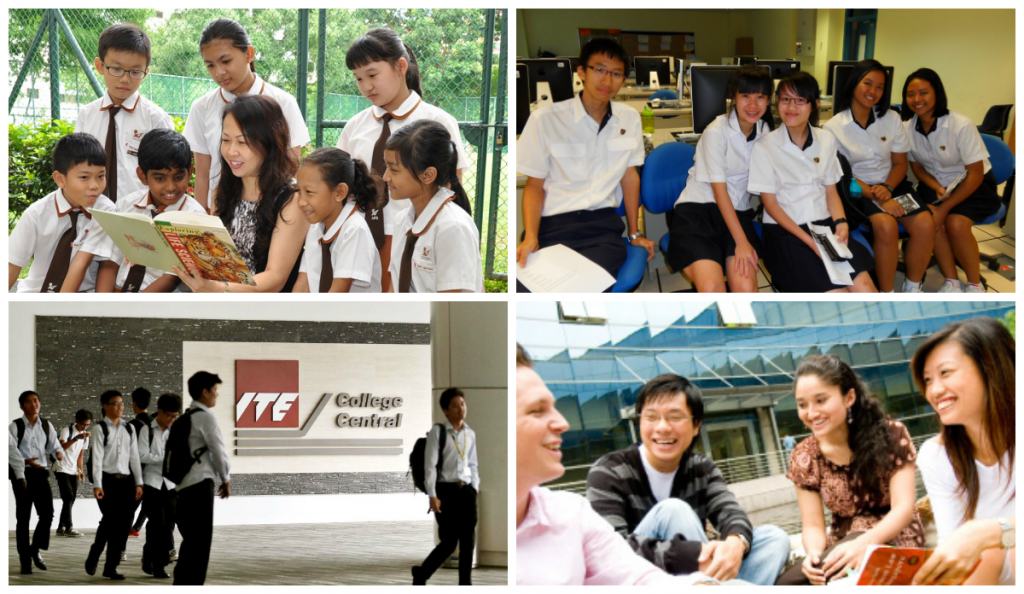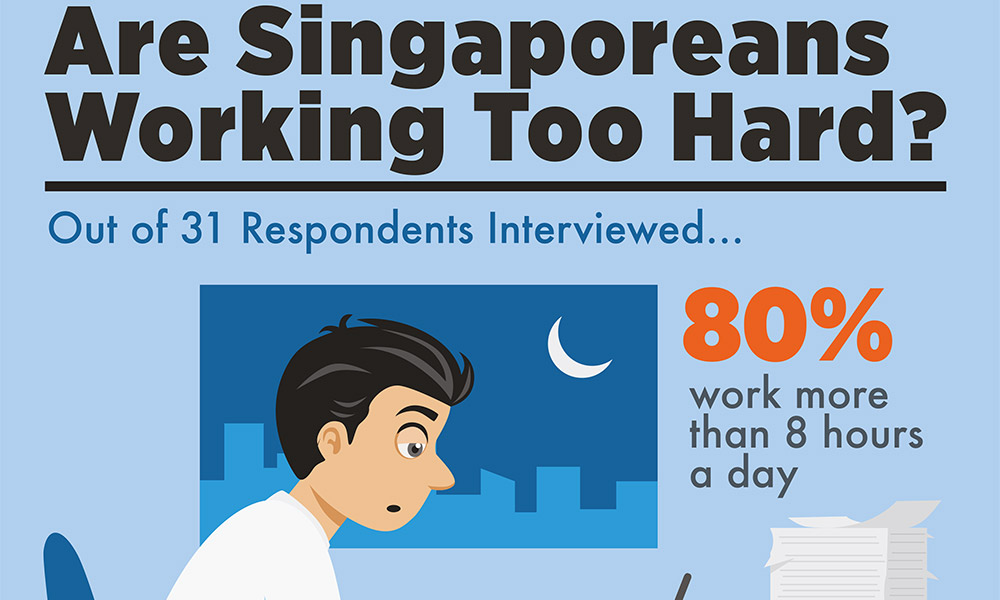By Shafreen Fatimah
The mind once enlightened cannot again become dark-Thomas Paine
Nothing quite justifies the act of learning as much as this quote by Thomas Paine. We see it every day, in the way we put so much significance on education here in Singapore. But let’s take a step back and see, behind the bounties and glories of education, what it takes to indulge in it.
In 2017, the Ministry of Education (MOE) released a statement that tuition fees have seen a hike in prices, and will continue to climb at a steady rate annually. Tuition fees here refer to the cost of educating a child at primary, secondary and tertiary levels respectively. MOE also said tuition fees are reviewed yearly and tweaked where and when necessary to defray the increased cost of high-quality education. This revision in fees applies only to primary, secondary and schools in the pre-university level, and has been implemented starting 2018. This year has also been acknowledged as the third year that school fees have increased for non-Singaporeans.
The main way through which MOE and the Government makes the hike in prices palatable is by having regular but small fee increments rather than a significant hike in any one year. While this allows for long-term fiscal budgeting for many families, it also means that prices will keep increasing year after year.
The Price Hike
Primary , Secondary & Pre-University

The price hike is mainly targeted at foreigners and Singapore permanent residents (PR), who will have to pay more in the coming three years to enrol their children in local schools.

Tuition fees for students entering polytechnics and Institute of Technical Education (ITE) in 2018 will increase by at least 3%, till a ceiling of about 7%.
Singaporean students entering polytechnics in 2018 will pay an annual tuition fee of $2,800, a $100 increment from $2,700 in 2017. The same fees for PRs will rocket up to $5,600 from $5,400, and for international students, from $9,400 to $10,000.
At ITW, full-time Nitec courses will rise by $20 for Singaporeans, while PRs and international students have to pay $300 and $900 more, respectively.
Though the price hike is less than palatable to most, MOE assures that it continues to heavily subsidise the cost of polytechnic and ITE education for Singaporeans. At the moment, MOE bears the brunt of 85% and 90% of the fees for polytechnic and ITE education, respectively. In addition, it provides a wide range of financial assistance schemes, from bursaries to work-study schemes to even financial aid schemes that help defray a student’s cost of living, with the intention to make sure that no deserving student is denied an entrance to such institutions due to financial difficulties. Just as fees were raised, bursary amounts were also raised, with students able to receive up to $2.350 per year, depending on household income.
Why the raise?
Despite these increments, the fees for Singaporeans has remained relatively stagnant. Primary school education is still free for Singaporeans, while secondary school education costs between $5 to $30 a month.
An MOE spokesperson reflected earlier on this year that the fee increases demarcate, more clearly, the differentiation between Singapore citizens, PRs and foreigners. This is, admittedly, to reflect the privileges of the citizenship, and that the fee increments are not simply an authoritative decision, but one done after ample regular reviews of school fees and necessary adjustments.
That said, it is worth noting that despite the increase, Singapore’s fees for international students remain competitive, and extremely so, when compared to international and private schools.
Responses
The response towards this new price hike has been mixed, at best. Many PR students’ parents are taking the increase in fees with a shrug, saying that they are grateful that their kids actually have places in local schools.
This was Mrs Sumalatha Videm’s case, a PR whose daughter attends a local primary school, said: “I don’t mind the slight increase every year, as long as the fees are not too much… It is a lot less than the $1,100 per month we paid at an international school.” However, she did add that she would object if there comes a situation one day where PRs need to pay the same fees as international students.
Many are seemingly okay with the price hike, respecting that the increase was simply a political message saying, ‘Pay your own way as a foreigner, we only subsidise our Singaporean citizens.’
However, it is still undeniable that the fees take the highest toll on the average international student. The Government had long stood by its claim that international students here at Singapore pay one of the more competitive prices, but let’s look at a few case studies now and see exactly how true that statement is.
Let’s look at two segments – one for pre-university education (i.e. high schools/secondary schools) and university education. The costs are the rough average for an international student to study at that country, but do note that the university costs are an estimate of the average universities and courses of the country, given how certain courses may be more expensive than others based on country.
A summary of comparisons
Singapore (for international students)

Pre-University: $10,000
University: S$29,350 – S$38,450
China

Pre-University: $10,000
University: $23,000
Malaysia

Pre-University: $2,500 to 6,000
University: $23,000
United States

Pre-University: $13,000
University: $45,000
United Kingdom

Pre-University: $5,400 to $10,000
University: $45,000
Australia

Pre-University: $8,800 to $13,000
University: $46,000
Norway, Sweden, Germany

Universities here are tuition free, and according to The Times, Europe and Germany will now be 100% free of charge to students, national and international. Political figures called for this bill, citing that tuition fees were “socially unjust.”
Whether this is a reality that can be welcomed in Singapore, however, remains to be seen.
In essence, it is worthwhile to note that while Singapore is far more affordable than schools in US or UK, it is not necessarily the cheapest. At best, it is in the middle grounds.
To those burdened by financial troubles, this might be a source of great discomfort. For those intent on pursuing one of the finest educations in the world at all costs, this piece of information may not even be relevant at all.
But regardless of all that, if you are a student, I wish you all the best in your educational endeavours.
















